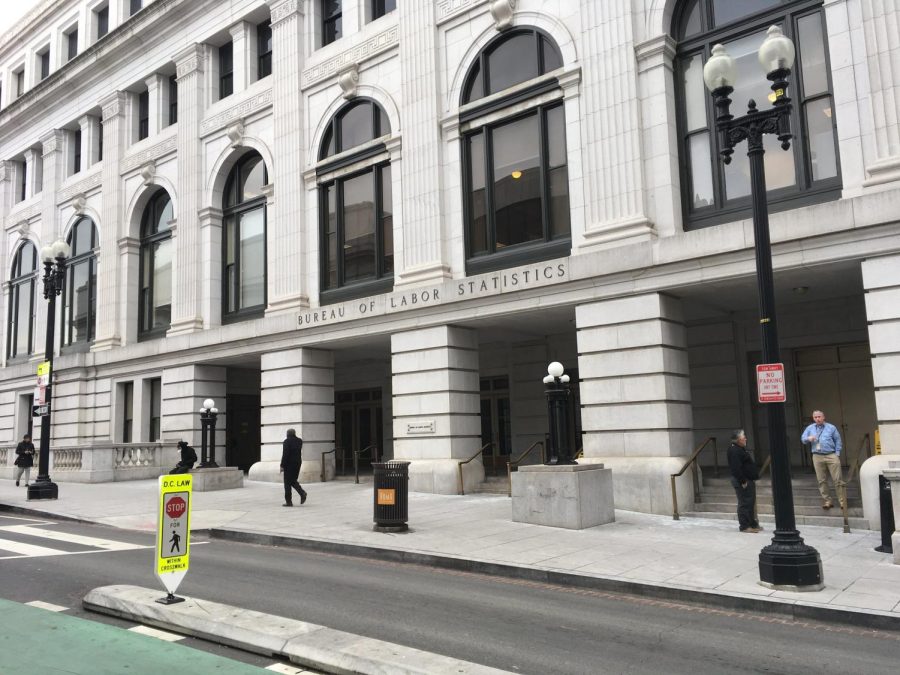August consumer price index report shows high spending
September 26, 2022
Inflation exceeded economists’ expectations in the Bureau of Labor Statistics’ August report, triggering an aggressive rate hike at the Federal Reserve’s September meeting.
After showing signs of deceleration in the past months, the consumer price index increased 0.1%, despite gasoline prices lowering.
On the contrary, economists were expecting a 0.1% decrease after the index remained unchanged in July.
When looking at the core index — which excludes the most volatile categories such as food and petroleum — it measured 6.3%, growing from 5.9% in July. This measure was necessary to gauge underlying inflation trends in consumer spending. In this case, the index shows higherthan-expected inflation.
This was a disappointment as falling gas prices were offset by rising costs for rent, healthcare, dining and furniture.
Rent continues its steep ascent due to high demand from potential homebuyers who are shying away from the housing market amid rising mortgage rates, raising concerns about the Fed’s ability to reduce inflation to its goal of 2%.
Inflation dropped to 8.3%, two months after it totaled 9.1% in June, its highest point this year. However, inflation remains extremely high still, topping economists’ expectations of 8.1%.
“Inflation remains hot, financial conditions have seen some improvement, and the labor markets are humming along,” Neil Dutta, the head of U.S. economics at Renaissance Macro Research, told The New York Times. “If the goal is to slow things down and create some pain, the Fed is failing by its own standard.”
Following the release of the shocking index report, stocks plummeted and experts released statements saying the Fed must do more. In turn, U.S. Treasury bond yields and the dollar soared.
This news made the Dow Jones Industrial Average lose 800 points, as investors feared the news would lead to more aggressive measures from the Fed. More aggressive rate hikes may do a lot of damage to the economy if they are not carefully pursued.
Additionally, the S&P 500 fell 4.3%. This was the biggest drop since June 2020, when the market was riddled with uncertainty due to the COVID-19 pandemic.
When the report was released, the Fed hoped to calm the job market, wage growth and inflation. The August data left no doubt about another 75-basis-point hike, with some even saying a 100basis-point hike was possible.
There are concerns that this report will make the Fed act even more aggressively in its next meeting, opposed to hopes that the Fed would lessen the rate hikes.
Wages are up, but have not kept pace with soaring inflation. This was not great news to U.S. President Joe Biden, as he promised real wages to be the core of his economic program.
Something else to consider is Biden’s recent student loan forgiveness program, as many believe the money forgiven will act as a stimulus for borrowers to spend more.
Although economists believe a small portion of this money will be spent, it will still boost spending.
On the bright side, gas prices continued to fall despite news on the index. Inflation expectations have dropped, while global supply pressures are unraveling.
Price increases continued across an array of products and services in August, hinting that a strong decline might be coming, especially as the winter holiday season approaches.
The central bank has made it clear that it is not done raising rates. If the core index continues to climb, The Fed won’t have any other choice than pursuing more aggressive hikes.








